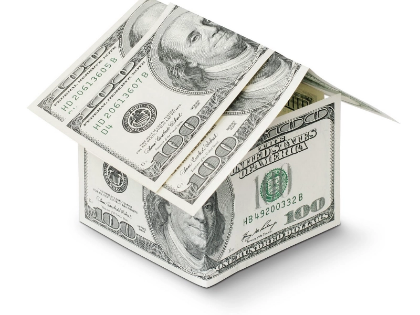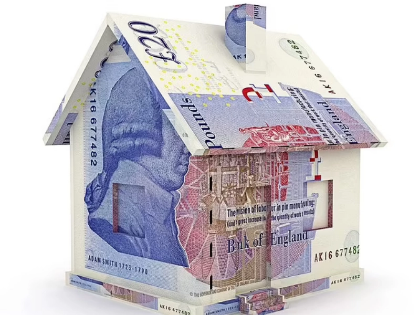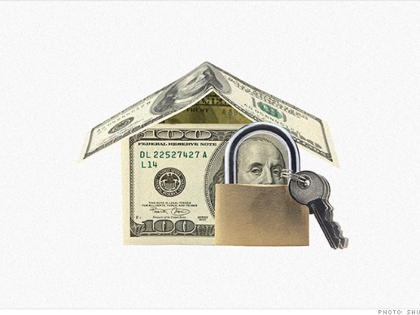Creating a Budget and Practicing Sensible Money Management
You can handle your money more sensibly and make sure you don't spend more than you make by making a budget. It also encourages debt repayment and savings for the future. Examine previous bank and credit card statements to get a sense of how much you spend each month. These could include variable costs like groceries, dining out, and entertainment, as well as fixed costs like your rent or mortgage and monthly cell phone bill.
1. Recognize your earnings.

2. Recognize Your Outlays
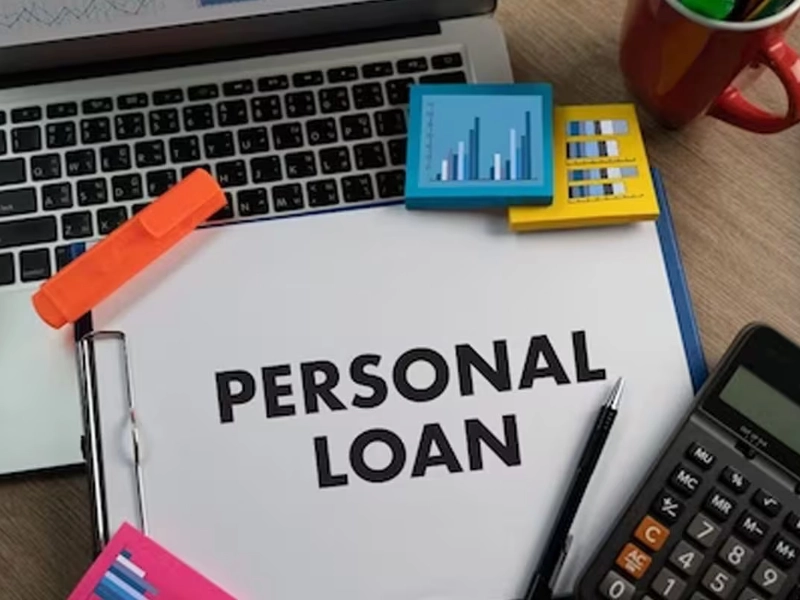 Most people lack a comprehensive understanding of their entire spending, particularly when many expenses vary in amount and occur at irregular times throughout the month. Sorting your spending into fixed and variable categories should be your first step. Then determine an approximate price for each. Examining current bank and credit card statements or using personal finance apps that break down each purchase is an excellent method to accomplish this.
Your fixed expenses should consist of regular monthly bills like rent or mortgage, utilities, and auto payments that always occur on the same day and for the same amount. Grocery shopping, dining out, clothing, entertainment, and subscription services like streaming TV, gym or club memberships, and more can all be considered variable expenses.
When you make small lifestyle changes, like giving up lattes or cooking at home instead of going out to eat, you may be able to save money on these kinds of expenses. Any yearly costs, such as property taxes and auto insurance premiums, should also be included.
Most people lack a comprehensive understanding of their entire spending, particularly when many expenses vary in amount and occur at irregular times throughout the month. Sorting your spending into fixed and variable categories should be your first step. Then determine an approximate price for each. Examining current bank and credit card statements or using personal finance apps that break down each purchase is an excellent method to accomplish this.
Your fixed expenses should consist of regular monthly bills like rent or mortgage, utilities, and auto payments that always occur on the same day and for the same amount. Grocery shopping, dining out, clothing, entertainment, and subscription services like streaming TV, gym or club memberships, and more can all be considered variable expenses.
When you make small lifestyle changes, like giving up lattes or cooking at home instead of going out to eat, you may be able to save money on these kinds of expenses. Any yearly costs, such as property taxes and auto insurance premiums, should also be included.
3. Understand your objectives.
 Making it simpler for people to achieve their short-, mid-, or long-term objectives—such as debt repayment or retirement savings—is the aim of a budget. Making a smart financial plan also motivates people to take an active role in their own financial management.
Maintaining a healthy balance between spending priorities and budgetary commitment is essential for success. As you embark on your money management journey, it's also critical to maintain your motivation and be realistic about the difficulties you might encounter.
For instance, you can simply change the budget by transferring money from one line item to another or adding to an investing account if your electricity bill is higher than anticipated one month. This will teach you more about your spending patterns and is merely a step in the budgeting process. For this reason, a lot of people choose to use applications for creating budgets like EveryDollar, Mint, or Mvelopes. These enable you to link your assets, bank accounts, and credit cards to a visual dashboard that shows the status of your budget and expenditures.
Making it simpler for people to achieve their short-, mid-, or long-term objectives—such as debt repayment or retirement savings—is the aim of a budget. Making a smart financial plan also motivates people to take an active role in their own financial management.
Maintaining a healthy balance between spending priorities and budgetary commitment is essential for success. As you embark on your money management journey, it's also critical to maintain your motivation and be realistic about the difficulties you might encounter.
For instance, you can simply change the budget by transferring money from one line item to another or adding to an investing account if your electricity bill is higher than anticipated one month. This will teach you more about your spending patterns and is merely a step in the budgeting process. For this reason, a lot of people choose to use applications for creating budgets like EveryDollar, Mint, or Mvelopes. These enable you to link your assets, bank accounts, and credit cards to a visual dashboard that shows the status of your budget and expenditures.
4. Keep tabs on your bills.
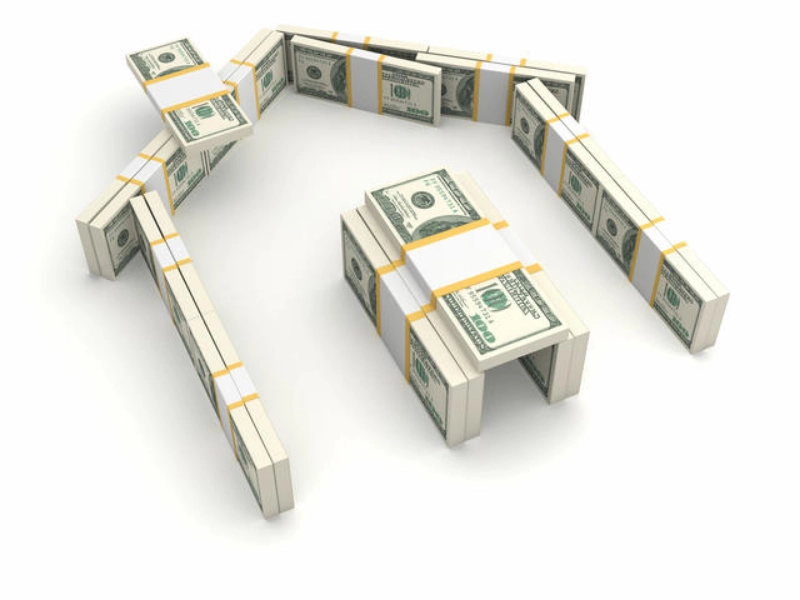 Keeping track of your spending is a crucial first step in creating a budget. It lets you track your monthly expenses, allowing you to identify areas where you might be able to reduce wasteful spending or make better financial decisions.
Generally speaking, "fixed" expenses like rent, utilities, and auto payments are ones you have to pay regardless of your income. Then there are "variable" costs that can change from month to month, such as clothing, entertainment, and food. Examine your historical spending records using your bank and credit card bills to determine how much you typically spend each month on these categories.
You can begin creating your own budget as soon as you have a concept. Recall that creating and maintaining a budget requires constant reviews and adjustments to align with your goals and lifestyle. It is not a project that should be set aside and forgotten. While some opt to examine their budgets on a monthly basis, others choose to do it on a quarterly or annual basis.
Keeping track of your spending is a crucial first step in creating a budget. It lets you track your monthly expenses, allowing you to identify areas where you might be able to reduce wasteful spending or make better financial decisions.
Generally speaking, "fixed" expenses like rent, utilities, and auto payments are ones you have to pay regardless of your income. Then there are "variable" costs that can change from month to month, such as clothing, entertainment, and food. Examine your historical spending records using your bank and credit card bills to determine how much you typically spend each month on these categories.
You can begin creating your own budget as soon as you have a concept. Recall that creating and maintaining a budget requires constant reviews and adjustments to align with your goals and lifestyle. It is not a project that should be set aside and forgotten. While some opt to examine their budgets on a monthly basis, others choose to do it on a quarterly or annual basis.
